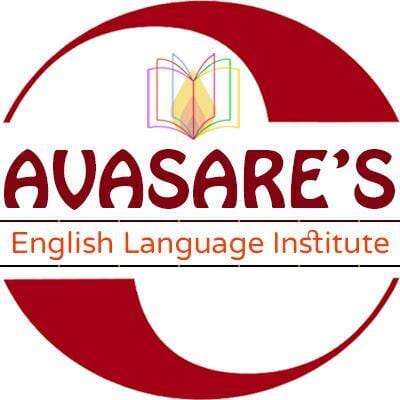Level 2 - Intermediate
(Creativity + communication, low-to-medium pressure)
COURSE CONTENT

Structural and Functional Grammar

Vocabulary development

Demonstrate a Recipe
How to describe a
recipe and follow
instructions to prepare
delicious dishes – learn
to prepare a script and
demonstrate before all.

Tourist Guide Role
How to describe any
historical place or
monument, physical
features, human featuresbased infrastructural
development, etc.

Live Reporting
How to deliver a live
report to show an
incident, accident,
Programme, function, etc.
How to take a live
interview

Monologue
How to present a one-act
play on stage

Enquiry
How to ask
questions and reply
diligently during
enquiry to satisfy
the parents,
customers,
delegate, etc.

Dialogue
How to communicate
with a partner in a
particular situation

Smart Look
Self-introspection based
on 101 unique criteria,
correct manners and
etiquette

Weather Forecast
How to present a one-act
play on stage

Incident Narration
How to tell a story or
how to narrate an
incident to increase the
curiosity of a listener

Attitude and aptitude
How to work out attitude
and aptitude to glorify
the reasoning behind
work, actions, and results

Anchoring & Hosting

Why Should I take Admission for Level 2 – Intermediate?
- At this stage, learners transition into more expressive and performance-based communication.
- Activities such as live reporting, tourist guide roles, and weather forecasts sharpen clarity, spontaneity, and audience connection.
- Demonstrating a recipe and narrating incidents enhance sequencing and instructional speech.
- Functional grammar and continued vocabulary development deepen language mastery.
- Monologue, dialogue, and anchoring build stage confidence and voice modulation.
- Smart appearance, along with attitude and aptitude building, reinforces self-presentation and personal growth.
- This level bridges basic competence with dynamic communication, preparing learners for semi-public engagements.

Who can join at Level 2 – Intermediate?
- Teenagers and young adults (Grades 9–12, early college and university students)
- Learners with basic communication and grammar knowledge
- Those with some stage, speech, or presentation experience
- Students involved in school activities (debates, emceeing, skits)
- Individuals aiming to improve fluency and expression
- Learners ready to explore creative speaking (e.g., storytelling, anchoring)
- Those looking to enhance confidence in semi-public settings
Participants with the ability to understand and follow structured tasks

